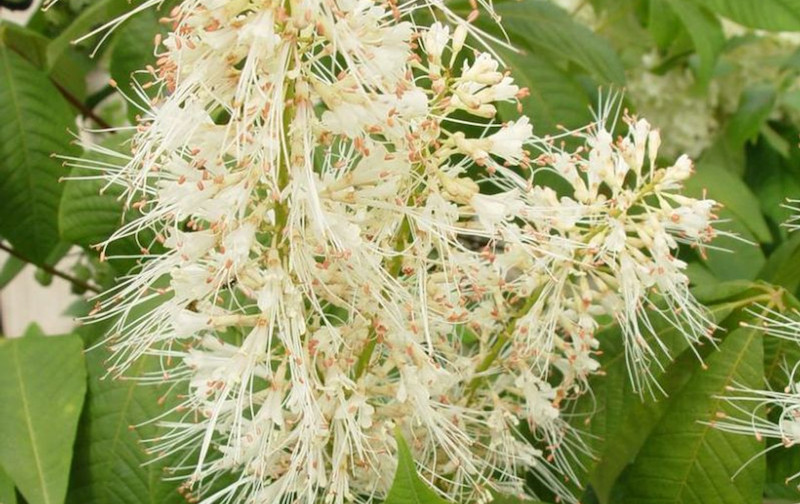No matter which type of Bottlebrush shrub you grow, the flowers are long-lived and the most endearing feature, as recognized by their shared common name. The long, brush-shaped flowerheads come in a variety of reds, pinks, and white and make for an interesting cut flower as well as an unusual focal point in the garden. Bottlebrush shrubs bloom with little extra encouragement, although there may be a few cultural factors that can inhibit flowering from time to time.

Common Reasons Why Bottlebrush Isn’t Blooming
Callistemon family members are broadleaf, subtropical evergreen shrubs. This evergreen requires at least 6 hours of direct sunlight to bloom well. These shrubs have spectacular flowers that are long-lasting during the summer.
Bottlebrush Buckeye (Aesculus parviflora) is deciduous and requires moist soil in partial to full shade. Bottlebrush Buckeye will bloom less due to a lack of regular watering or nutrient-rich soil. Pruning Bottlebrush Buckeye at the wrong time will severely lessen flowering. Fertilizing is rarely the reason that these ornamental shrubs do not bloom.
Pruning Bottlebrush To Help It Bloom
Callistemon blooms on the current year's wood and needs very little annual pruning. The flowers of the Callistemon bloom mostly in the summer, although this is a subtropical plant and will sporadically bloom throughout the year in zones 9-10.
Aesculus parviflora blooms on year-old wood and should be pruned only after flowering is finished in the summer. Pruning in the late winter or spring will remove the flower buds. Deadheading will not encourage more blooms for the Aesculus but will help to keep the shrub neat during the growing season.

Fertilizing Bottlebrush To Help It Bloom
Bottlebrush shrubs require little if any, supplemental fertilizing. A balanced ratio of macronutrients, NPK, applied in a slow-release, granular form will support healthy growth for a growing season. Regular mulching with organic compost also supplies the right amount of nutrition for a thriving shrub. Overfertilizing with quick-acting liquid formulas will encourage a dense flush of foliage that can be susceptible to attack from pests and disease.
Get Bottlebrush To Produce More Blooms
The evergreen bottlebrush, Callistemon spp., will flower sporadically throughout the year when grown in USDA zones 9-10. The low-maintenance Bottlebrush Buckeye produces one flush of blooms that may last for weeks. Keeping the shrubs healthy with a good watering schedule and light pruning is the best way to encourage profuse blooming.
Why Bottlebrush Isn’t Blooming
- Callistemon requires full sun to set flower buds
- Bottlebrush Buckeye requires regular watering
- Pruning at the wrong time of the year can remove buds from Bottlebrush
 |
Author Robbin Small - Published 5-15-2023 |
